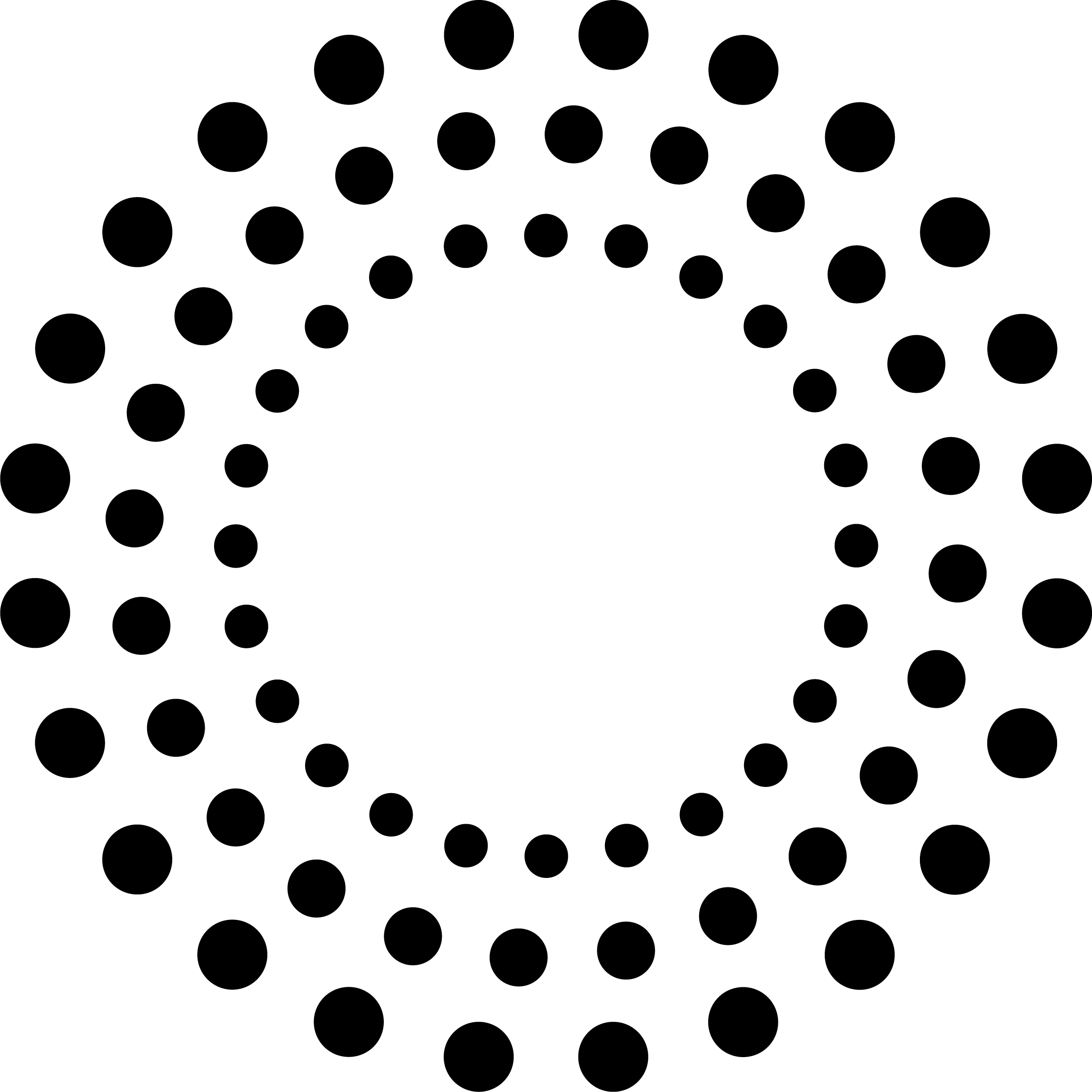The Science

Behind neuroVIZR
A Brief History of Brainwave Entrainment

Ancient History
By the 2nd century CE
Greek scientist Ptolemy observed how spinning light patterns could produce vivid imagery and euphoria. These early experiments hinted at the mind-altering potential of rhythmic sensory stimulation.
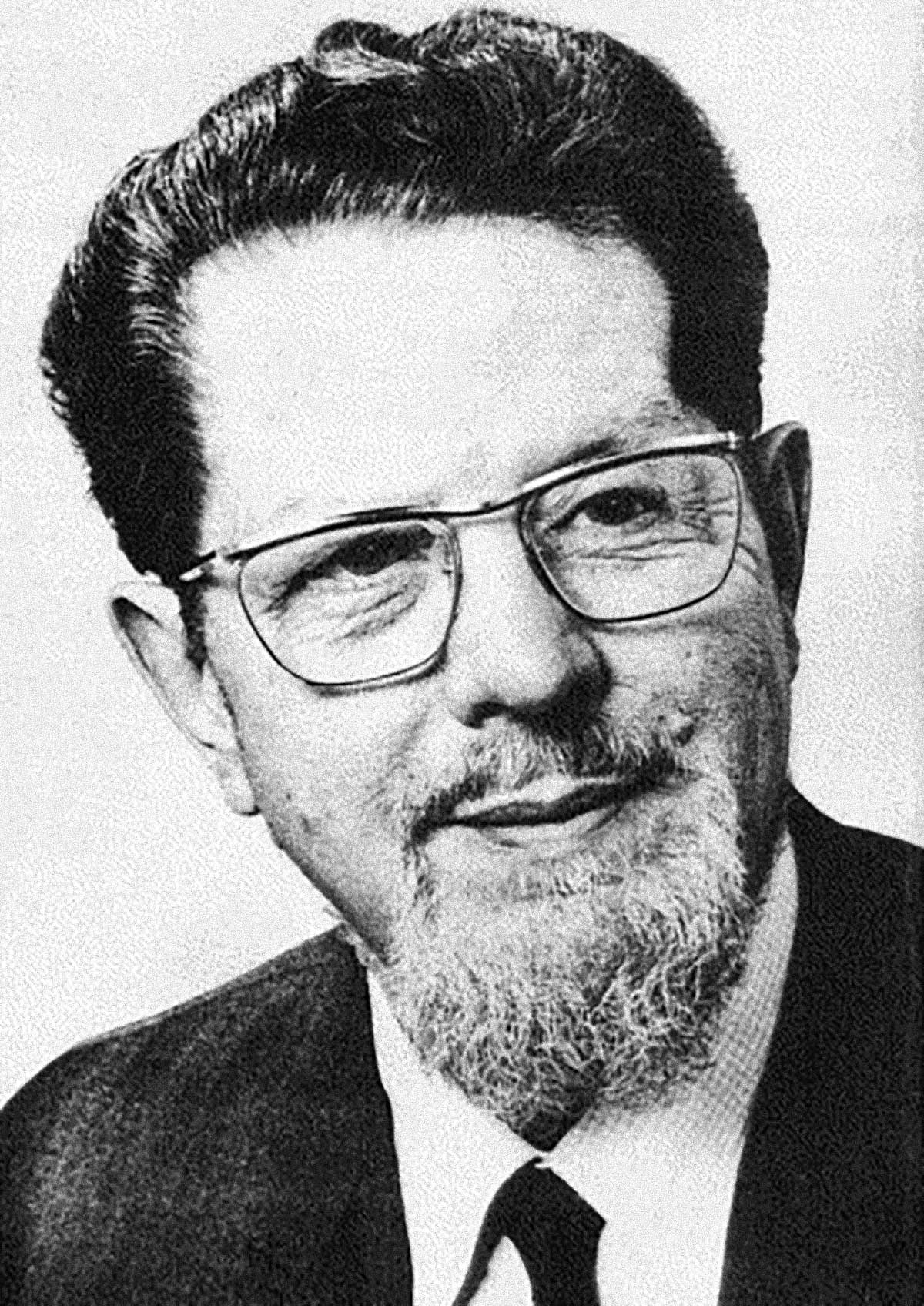
1940s
Relaxation, Focus, and Creativity
British neuroscientist W. Gray Walter took this further, demonstrating how flashing lights synchronize with brainwaves. His pioneering research revealed how entrainment techniques could induce relaxation, focus, and creativity.

1960s +1970s
Further breakthroughs
Studies on rhythmic drumming and flickering light explored their ability to guide the brain into theta states—unlocking deeper relaxation and introspection.

1980s
Meditation & Focus
Was the creation of the first sound and light devices for home use. These systems combined auditory and visual rhythms to induce meditative and focused states, making brainwave entrainment more accessible.

2000s
Birth of Brain Entrainment
Brain entrainment technologies expanded but remained bulky and expensive, available only to niche users. These early devices laid the foundation for more advanced, accessible solutions like neuroVIZR.

2019
Improving Cognitive Health
MIT researchers found that 40Hz gamma frequency stimulation could reduce harmful amyloid plaques in the brain. This breakthrough demonstrated the potential of sensory stimulation for improving cognitive health.
This is the same frequency used for the famous 'binaural beats'.

2022
neuroVIZR Launched
neuroVIZR’s prototype emerged, combining advanced Light Composer technology with compact design, introducing professional-grade brain engagement to users worldwide.

2023+
The Proof
The neuroVIZR observational study published showed remarkable results. Users experienced reduced stress, improved focus, and enhanced relaxation after just 11 minutes of light and sound sessions.
In 2024, the National Institute on Aging confirmed that light and sound therapy could help remove harmful brain proteins, supporting cognitive health and preventing degeneration. MIT researchers revealed that gamma stimulation preserves the brain’s white matter, enhances neural connections, and reduces inflammation.
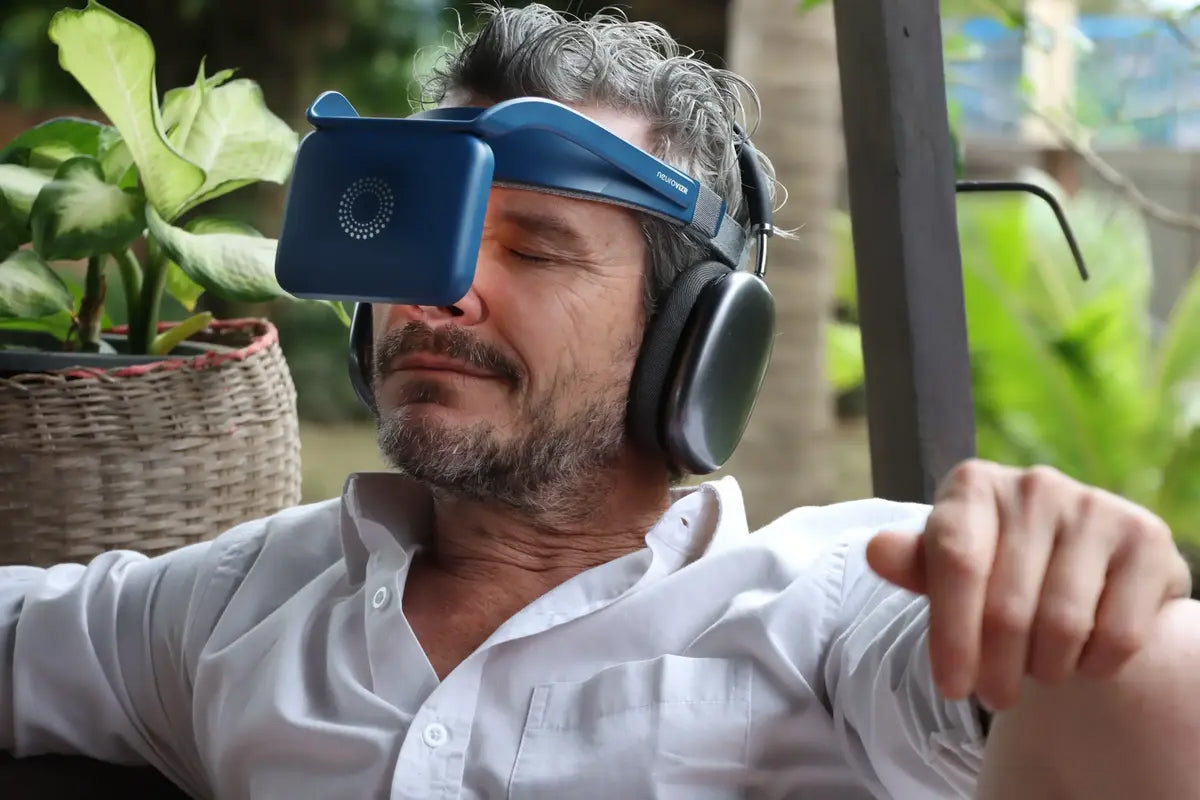
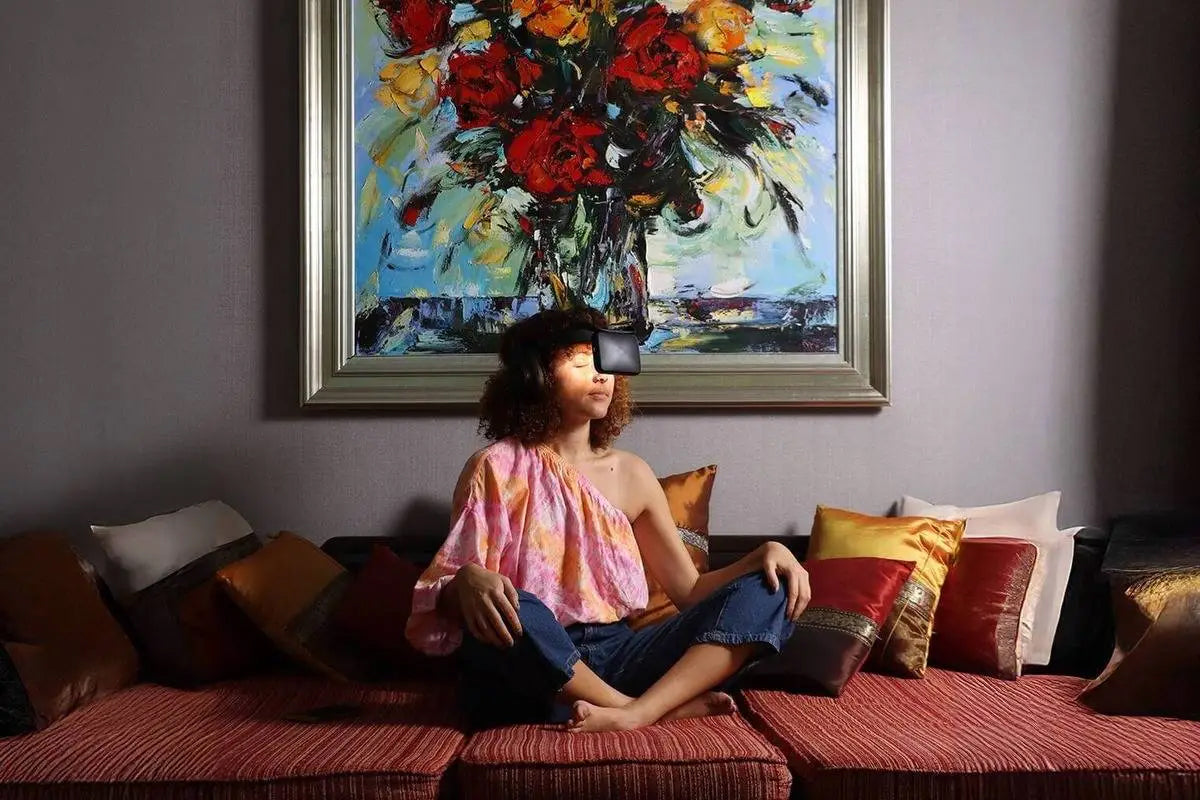
We are at the forefront
As you've read in our history of brainwave entrainment above, the methodologies behind neuroVIZR are supported by centuries of ancient wisdom - but what about science?
Published papers in modern neuroscience shows how light can guide your brain into states of clarity, focus, and relaxation. Since the 1940's scientists have been studying how the interplay of light, sound, and the mind can produce positive effects. The science supporting those claims is constantly emerging.
You can read about some of these supporting studies below.
Scientific Benefits
A significant amount of research, alongside clinical experience, suggests that AVE devices (like neuroVIZR) can increase blood flow to the brain, increase levels of neurotransmitters, help improve symptoms of attention deficit hyperactivity disorder (ADHD), worry, depression, anxiety, insomnia, cognitive impairment, memory, PTSD, as well as improve pain. AVE devices also have been shown to improve physical and academic performance as well as emotional wellness in general.

Reduce Stress in No Time
The neuroVIZR observational study published in 2023 showed remarkable results. Users experienced reduced stress, improved focus, and enhanced relaxation after just 11 minutes of light and sound sessions. Please read the study paper to learn more about the results.
The neuroVIZR observational study published in 2023 showed remarkable results. Users experienced reduced stress, improved focus, and enhanced relaxation after just 11 minutes of light and sound sessions. Please read the study paper to learn more about the results.

Boost Cognitive Health
MIT researchers found that 40Hz gamma frequency stimulation — delivered through light and sound — can enhance brain activity in regions linked to attention and memory. This discovery highlights the potential of noninvasive sensory stimulation to support cognitive performance through rhythmic neural engagement.
Explore the breakthrough from MIT
MIT researchers found that 40Hz gamma frequency stimulation — delivered through light and sound — can enhance brain activity in regions linked to attention and memory. This discovery highlights the potential of noninvasive sensory stimulation to support cognitive performance through rhythmic neural engagement.
Explore the breakthrough from MIT

Remove Harmful Proteins
A recent MIT study showed that 40Hz light and sound stimulation may activate the brain’s glymphatic system — the pathway responsible for clearing metabolic waste. In Alzheimer’s model mice, this stimulation enhanced cerebrospinal fluid flow and supported the removal of amyloid buildup.
See how the brain clears itself - study here
A recent MIT study showed that 40Hz light and sound stimulation may activate the brain’s glymphatic system — the pathway responsible for clearing metabolic waste. In Alzheimer’s model mice, this stimulation enhanced cerebrospinal fluid flow and supported the removal of amyloid buildup.
See how the brain clears itself - study here
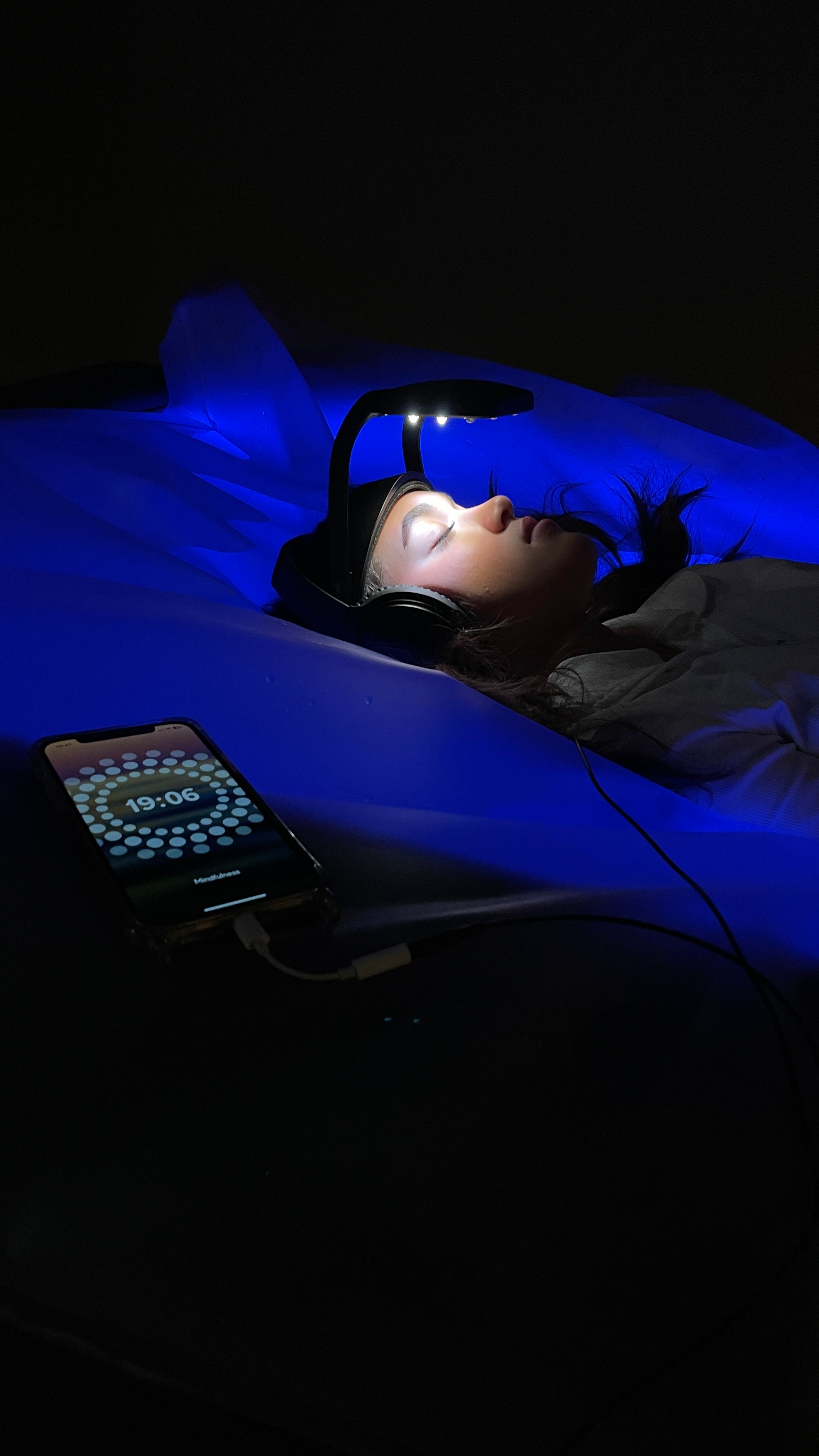
Enhance Brain Connectivity
In a 2024 EEG study from the Latvian Academy of Music, researchers found that neuroVIZR’s structured light and sound sequences increased brain signal complexity and enhanced inter-brain synchrony during creative collaboration.
These shifts in connectivity patterns—especially in the right hemisphere—are linked to flow states, adaptive thinking, and emotional attunement. It’s one of the first studies to show real-time brain-to-brain effects using AVS technology.
See how shared rhythm shapes brain connection
In a 2024 EEG study from the Latvian Academy of Music, researchers found that neuroVIZR’s structured light and sound sequences increased brain signal complexity and enhanced inter-brain synchrony during creative collaboration.
These shifts in connectivity patterns—especially in the right hemisphere—are linked to flow states, adaptive thinking, and emotional attunement. It’s one of the first studies to show real-time brain-to-brain effects using AVS technology.
See how shared rhythm shapes brain connection
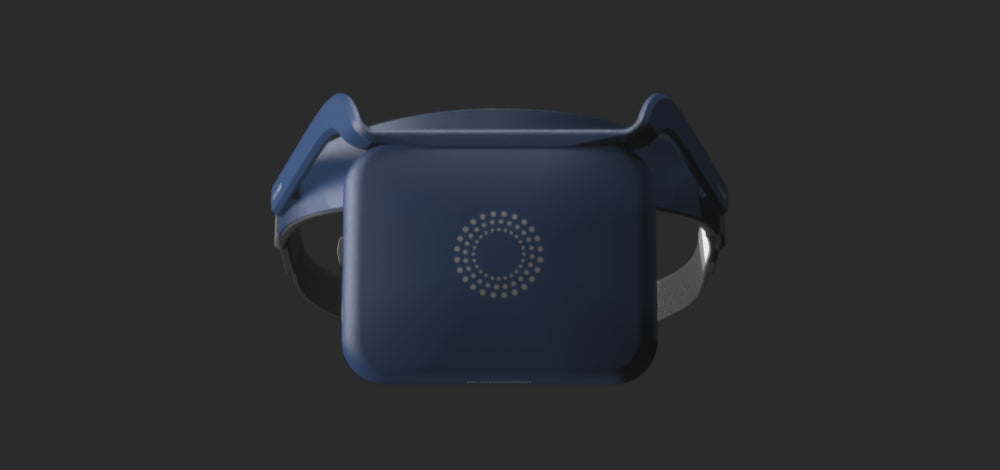
Guided by the science
By digesting & testing the data for ourselves, we've been able to develop a device that bridges the gap between light & sound stimulation as a tool for overall brain wellness.
The neuroVIZR device is backed by science and real user feedback, leading a new wave of technology designed to help, not harm.

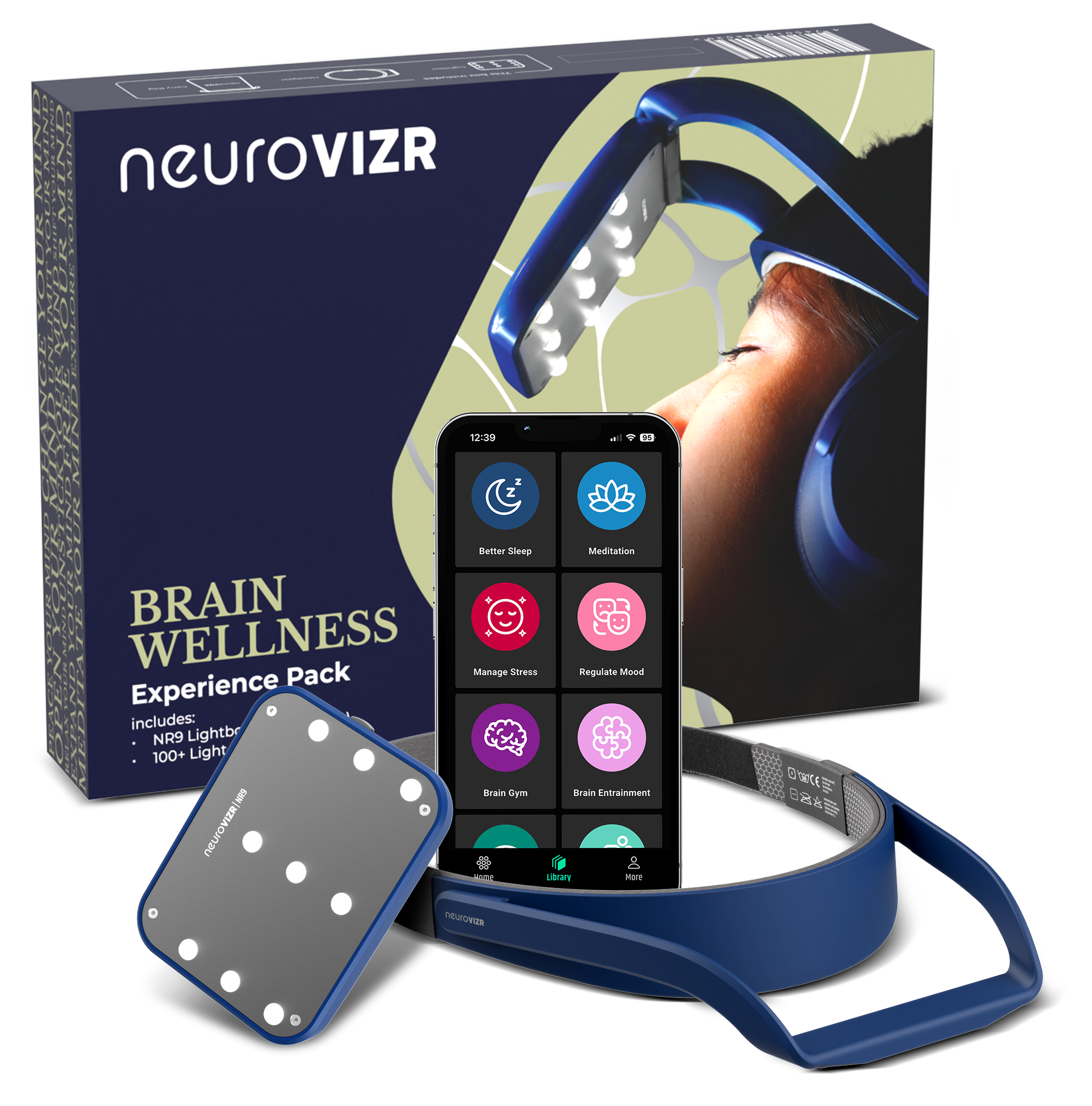

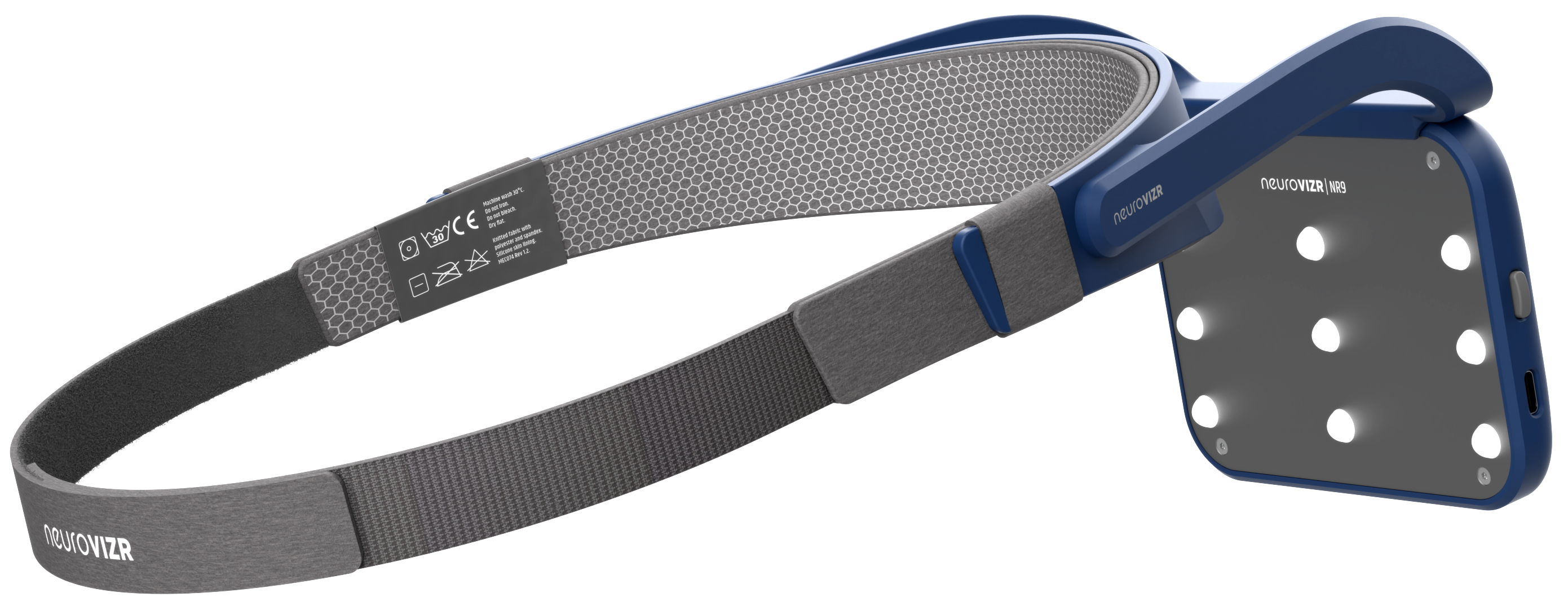
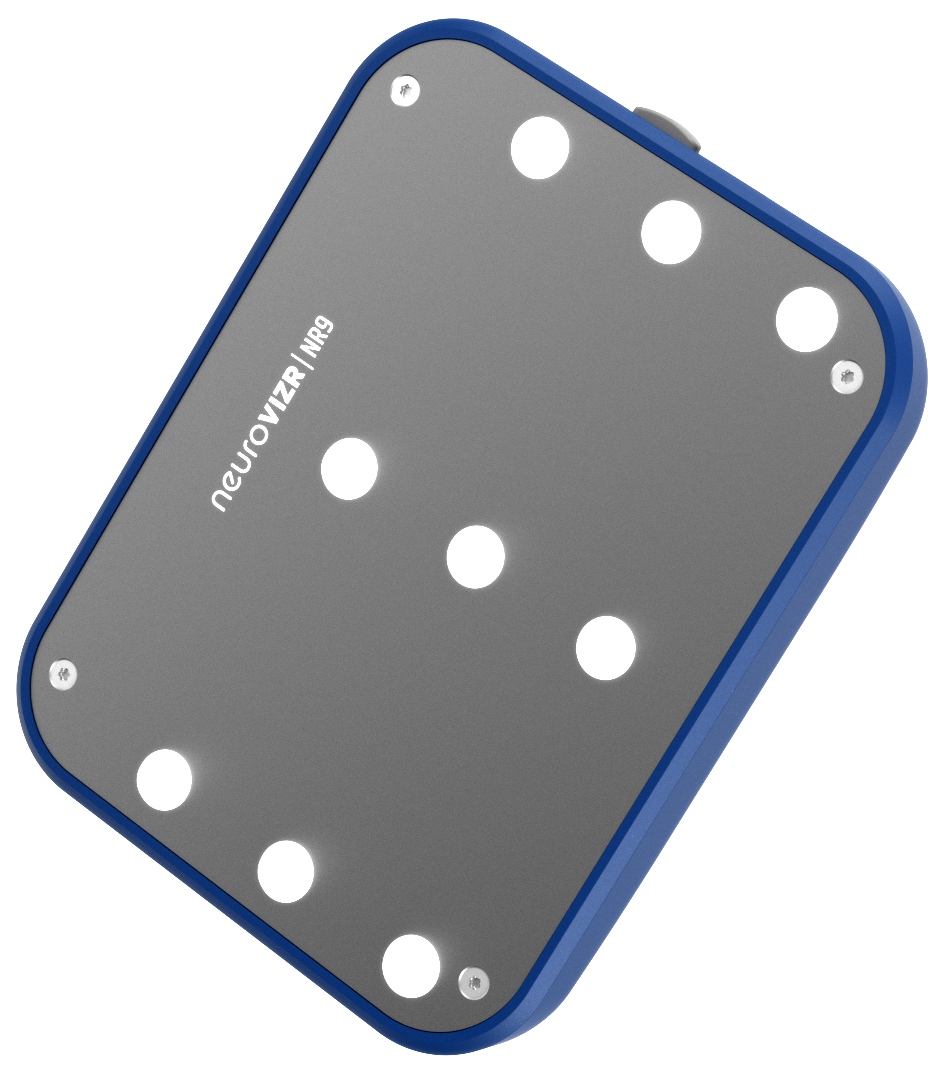
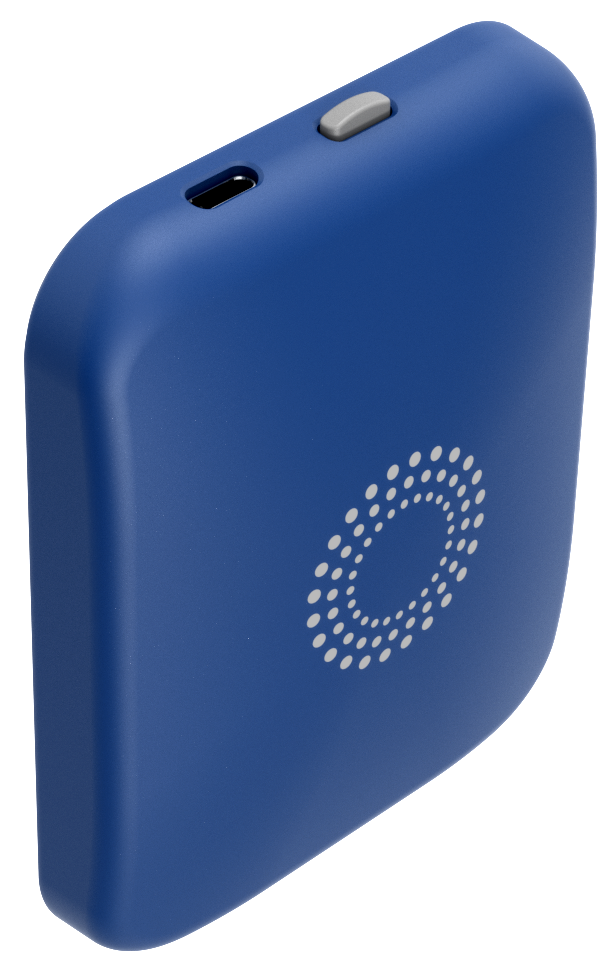
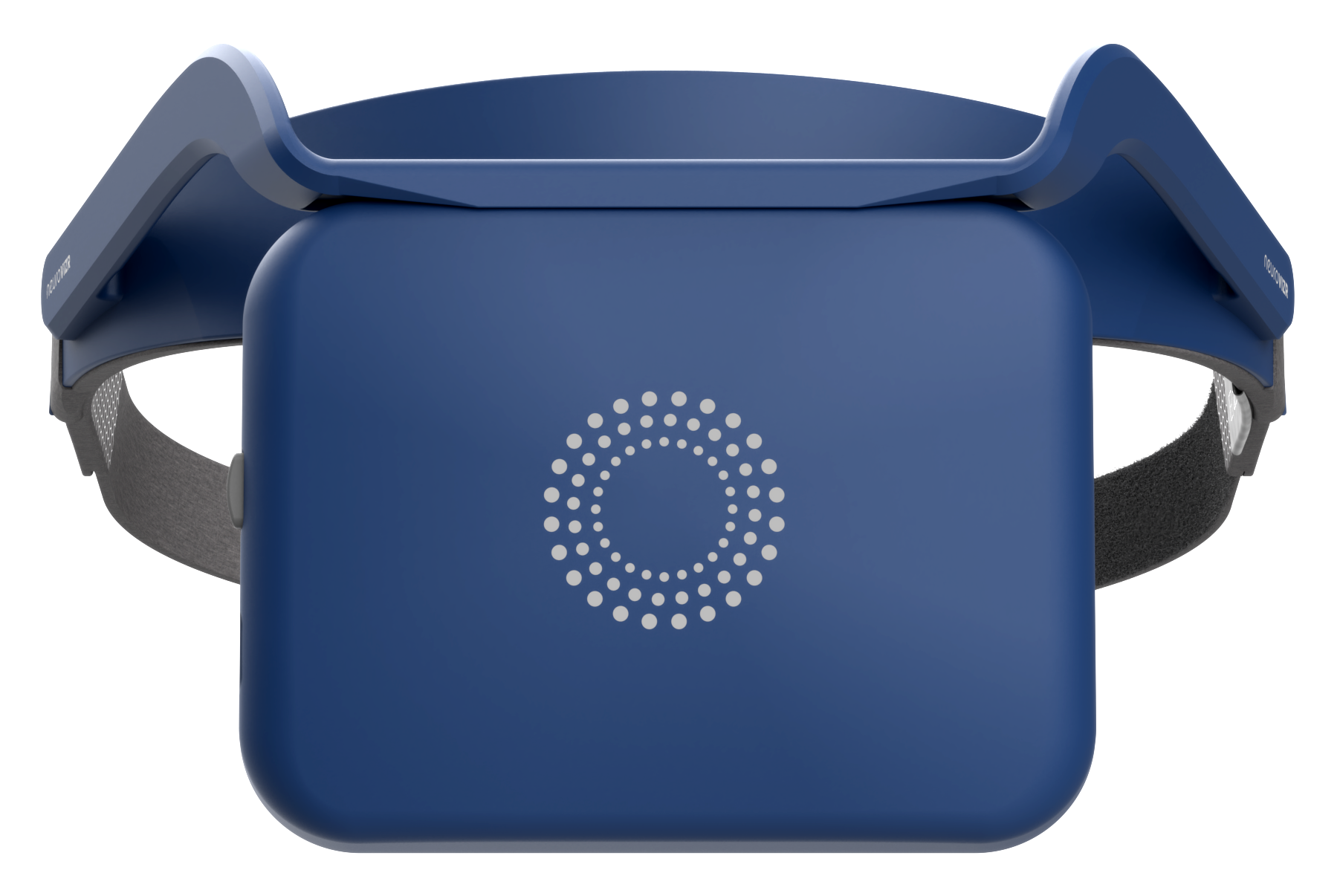
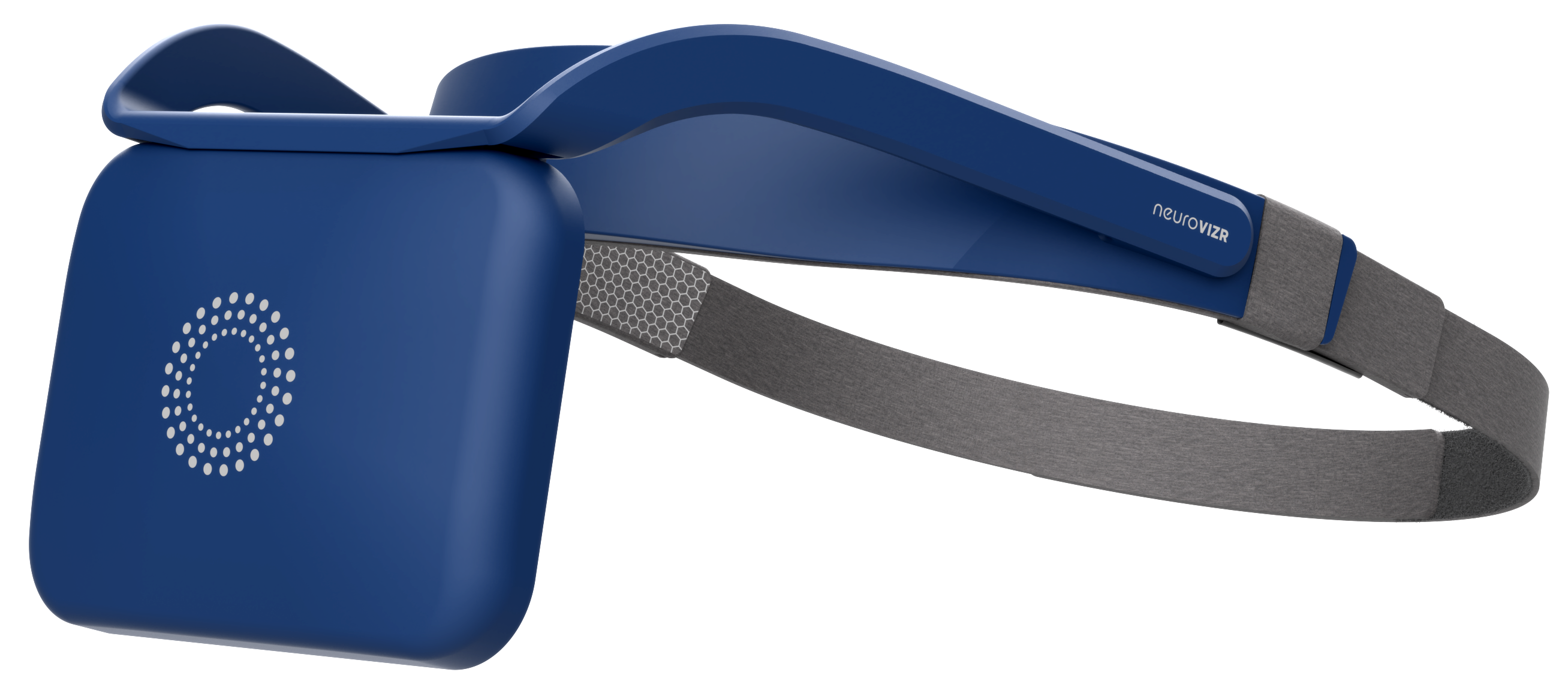
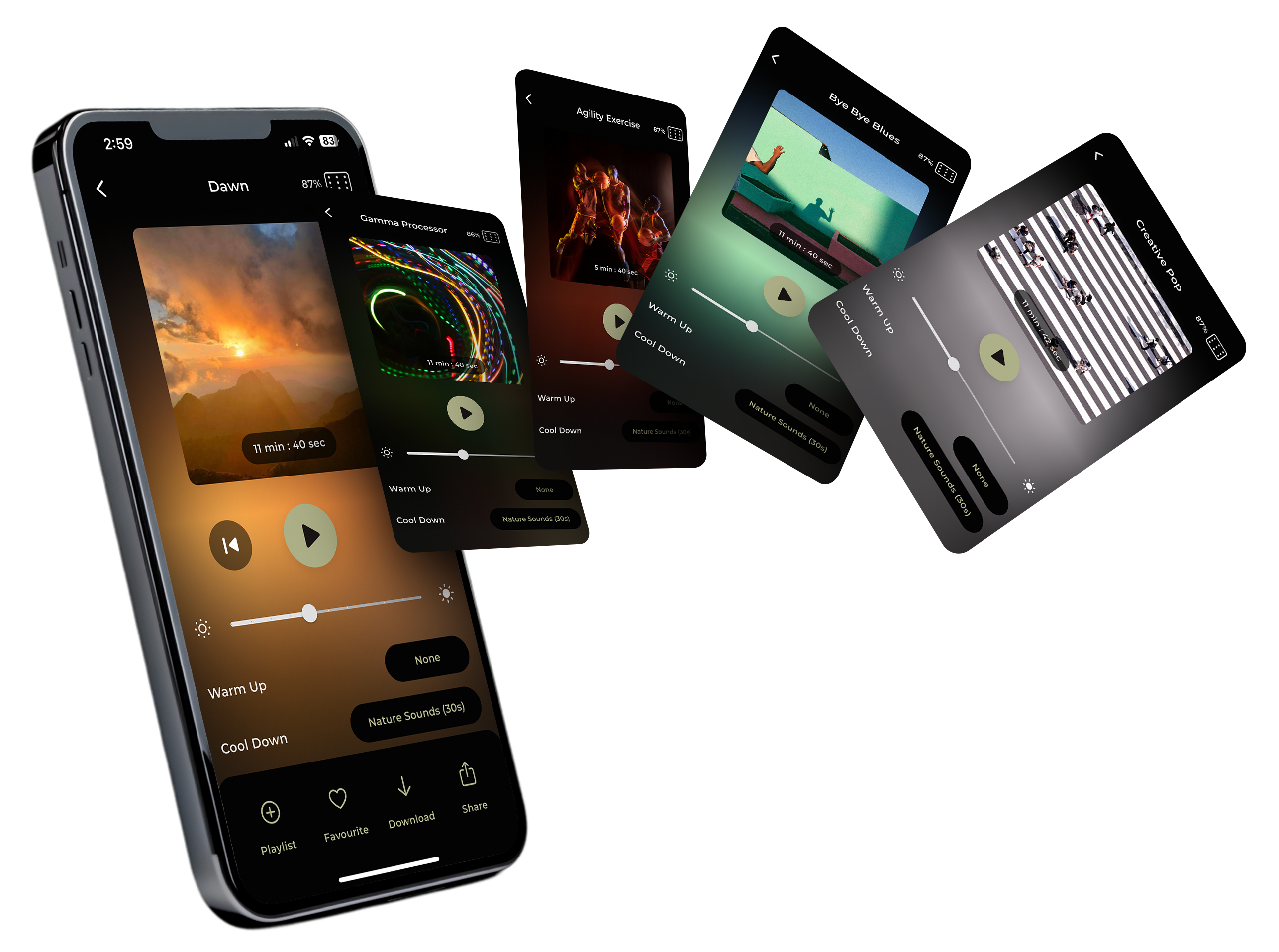
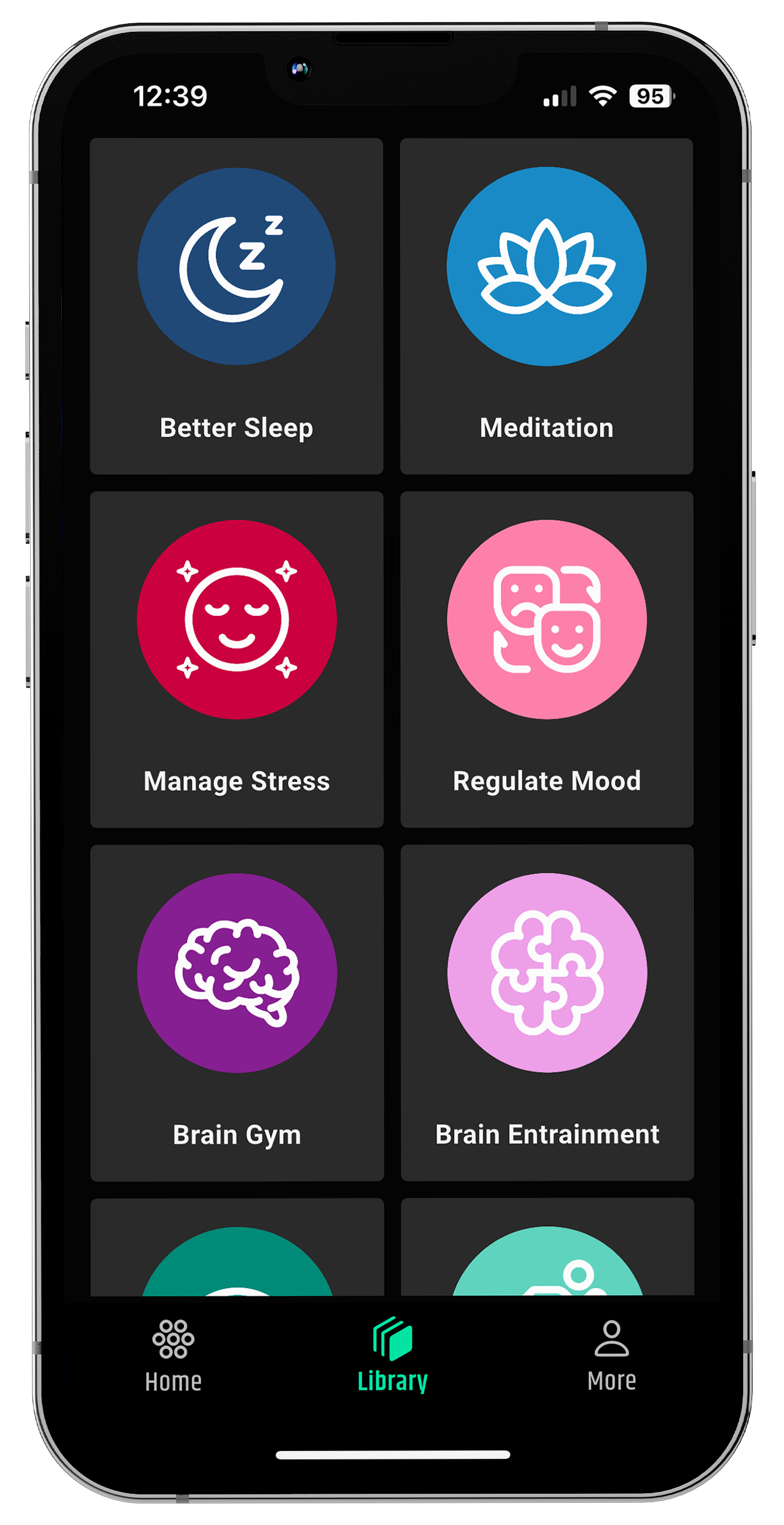
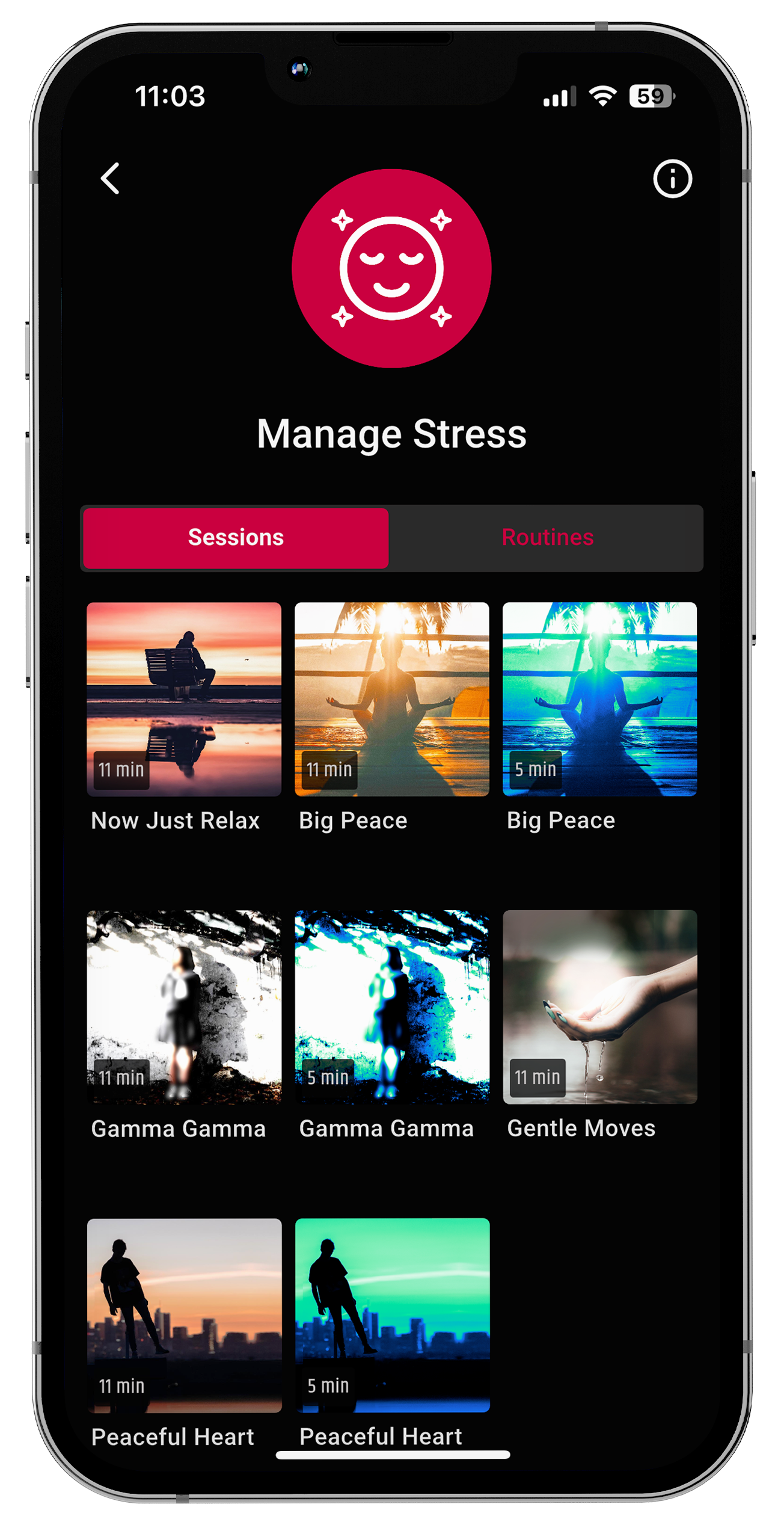
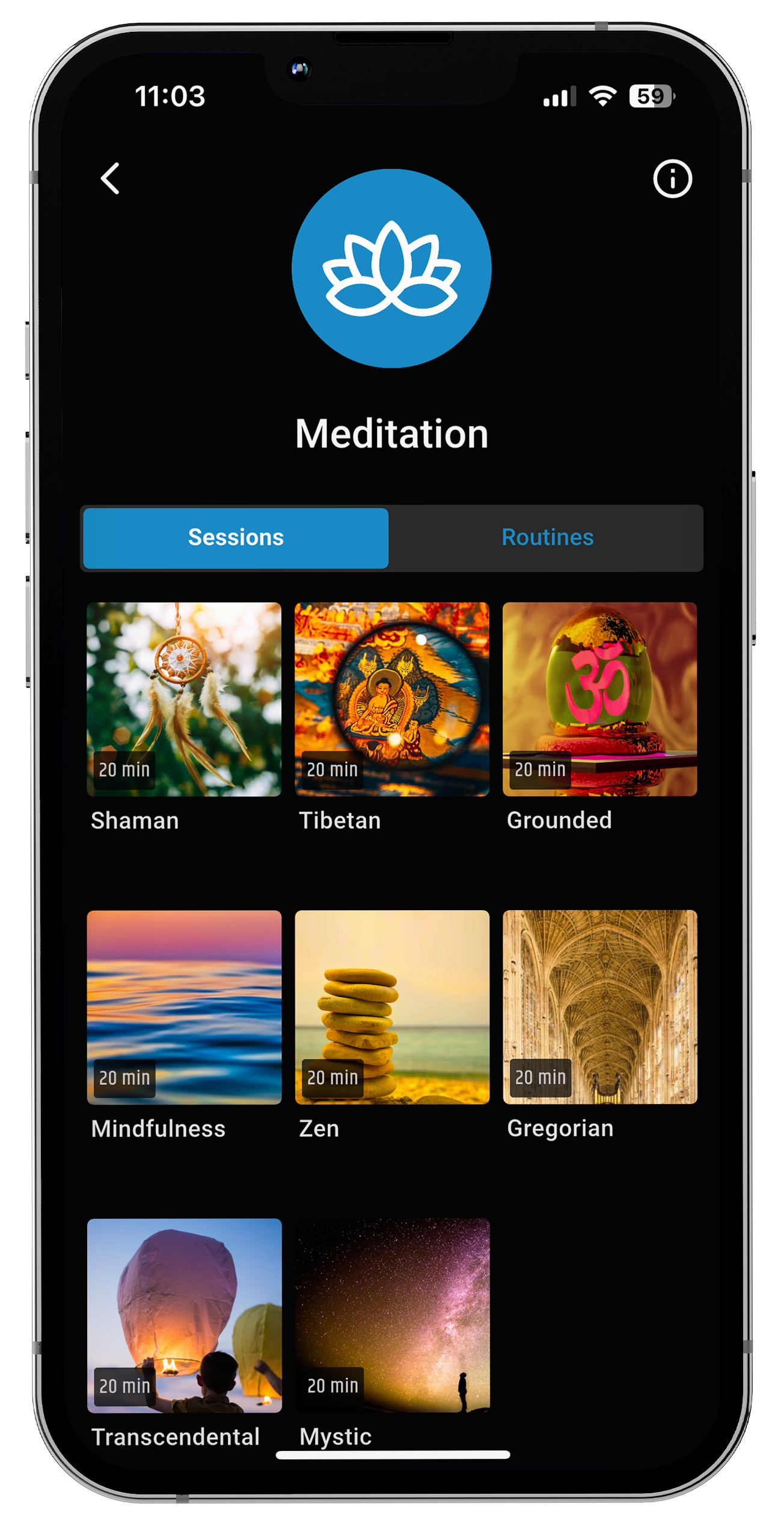
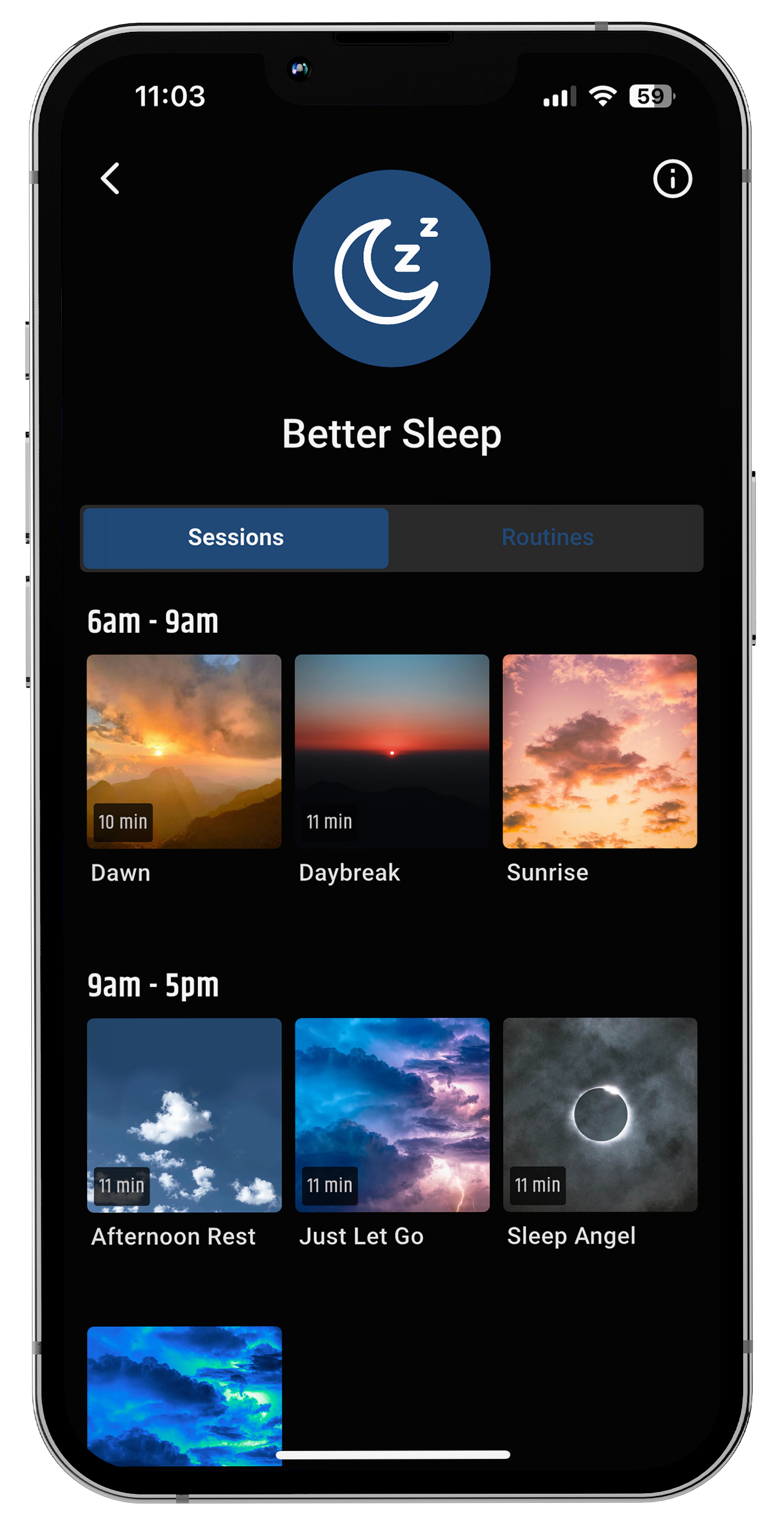
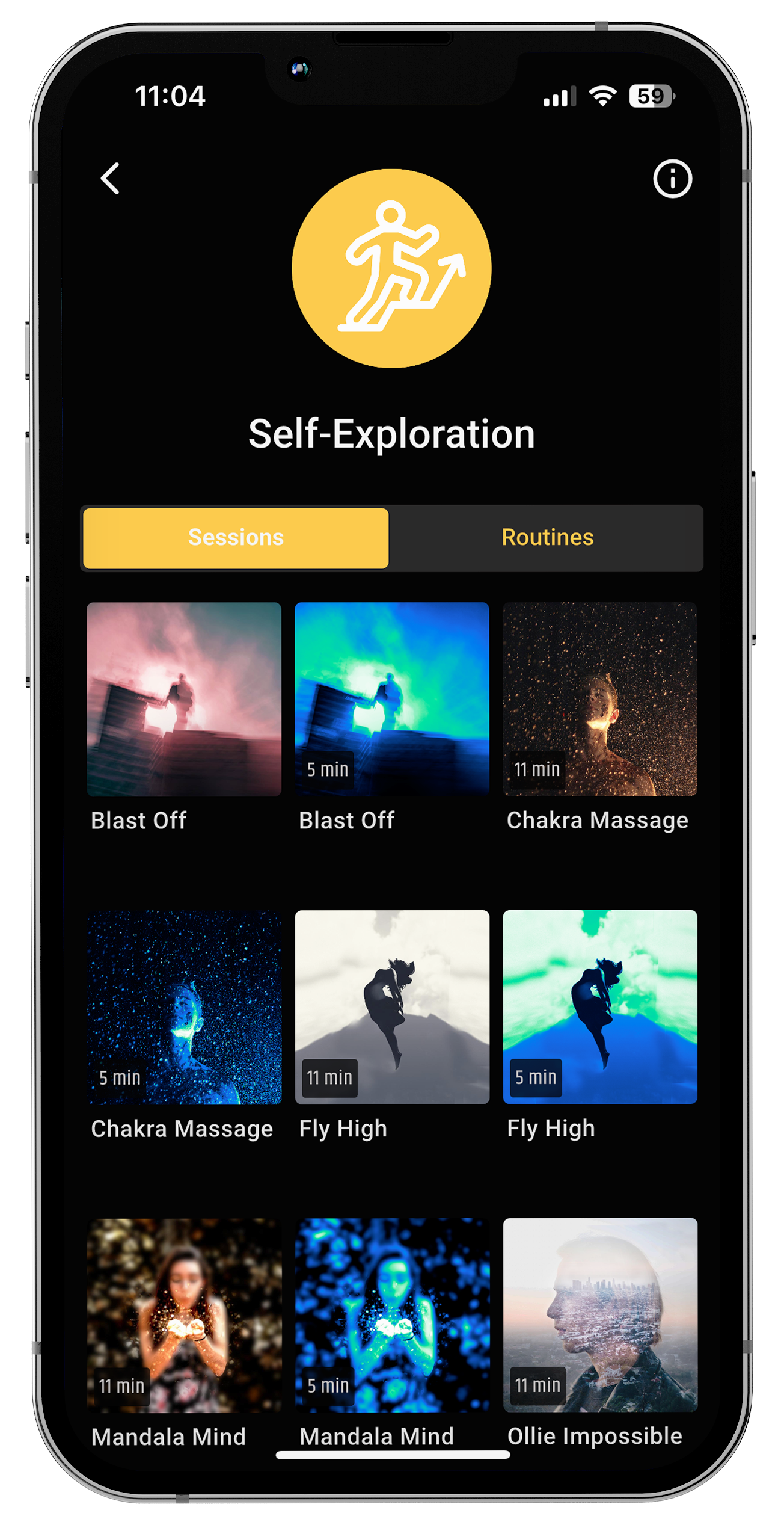
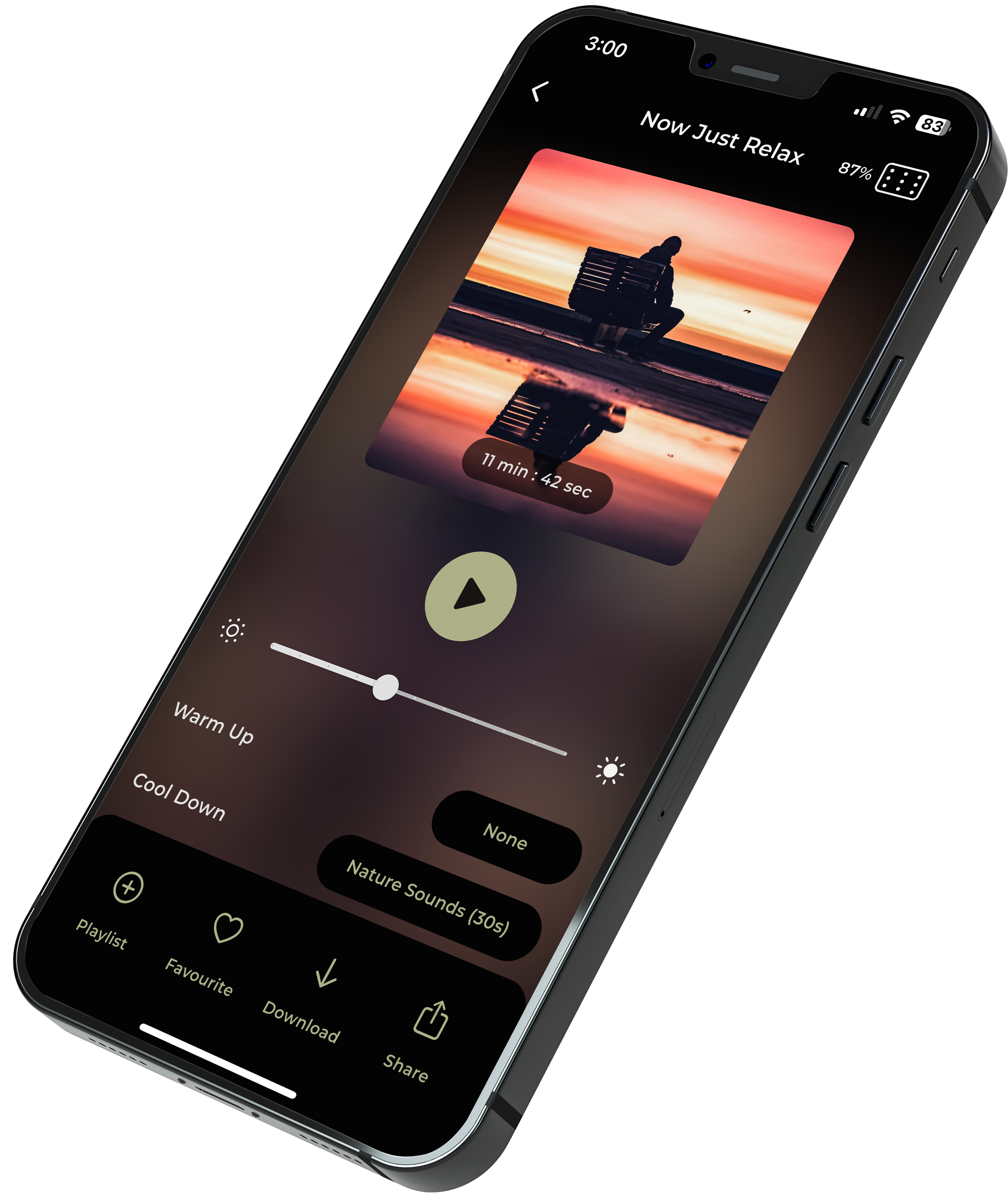


neuroVIZR - Brain Wellness & Relaxation - Experience Pack
What's Included:
- The neuroVIZR Headset
- Lifetime access to neuroVIZR App with over 100 individual sessions
- Portable Carry Bag
- 2-Year Hardware Warranty
- neuroVIZR works with any headphones
- 14-Day Money-Back Guarantee
- Spread the cost over 3 months (interest-free) using Paypal 'Pay in 3' at checkout
Note: by purchasing this device you acknowledge you are over 18 years old and do not suffer from epilepsy or any other neurological disease.
(Diese App ist auf Deutsch und Englisch verfügbar)

